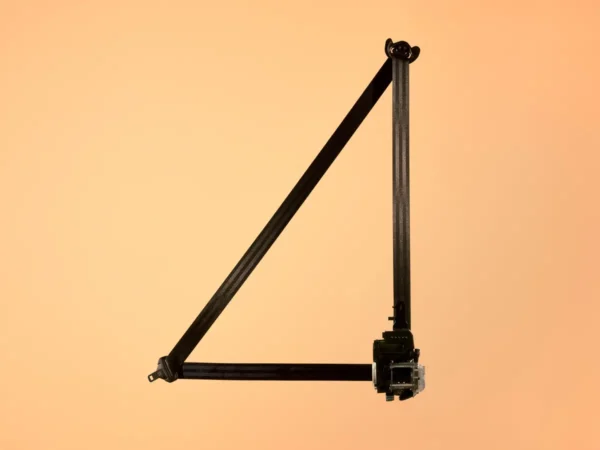Introduction to Volvo’s New Safety Innovation
In a groundbreaking move for automotive safety, Volvo is setting a new standard with its multi-adaptive safety belt. Having invented the three-point seat belt in 1959, Volvo’s ongoing commitment to safety has led to this significant update in seat belt technology, marking over six decades of innovation.

Understanding Seat Belt Technology
The functionality of seat belts has evolved significantly over the years. When sudden deceleration occurs, a component known as the pretensioner removes slack in the belt. Following this, the load limiter selectively releases the belt during a crash, mitigating the force exerted on occupants, thereby reducing potential injuries. The introduction of the multi-adaptive safety belt enhances this technology by leveraging advanced computing capabilities found in modern vehicles.
Personalized Safety Features
Volvo’s multi-adaptive safety belt redefines adaptability with its increased load-limit profiles—from three to eleven. By utilizing various vehicle sensors, it customizes the load-limiter function based on the occupant’s height, weight, body shape, and seating position. This system aims to enhance occupant safety in a crash scenario significantly.
For example, during a high-speed collision involving a larger occupant, the safety belt maintains a tighter hold to improve the chances of avoiding severe injuries. Conversely, in the case of smaller occupants, the belt is designed to be more forgiving, minimizing the risk of injury. The operation of this innovative belt is supported by a database derived from over 80,000 occupants involved in accidents, and continuous over-the-air updates ensure functional refinement over time. The multi-adaptive safety belt is set to debut in the 2026 EX60 electric SUV.



